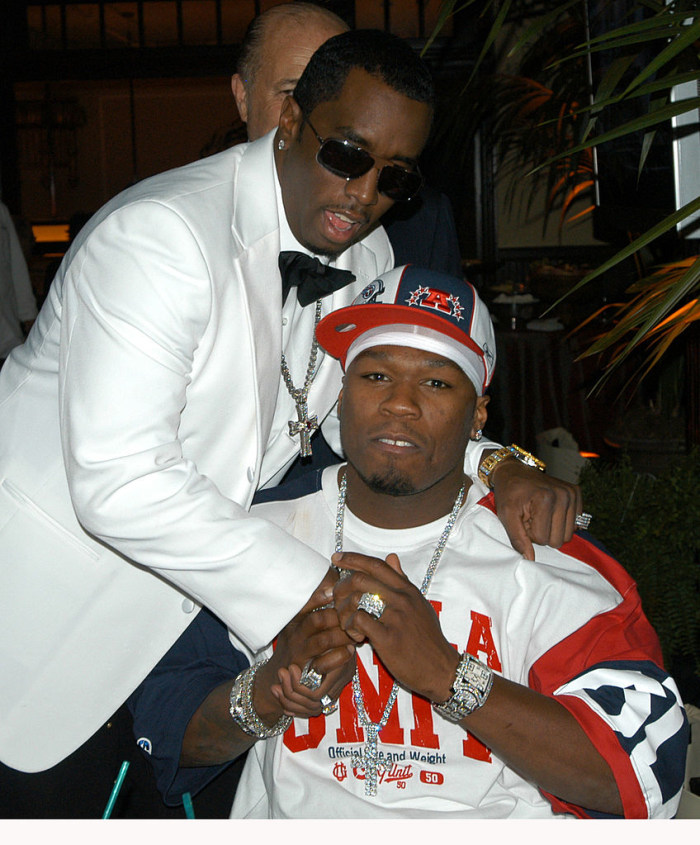
This article is more than
2 year oldWhy you might not like your recorded voice and how you can change it

For many of us, hearing our own voice on a recording is a bit of a shock. “Do I really sound like that?” (Yes, you do, but more on that later.)
In a recent survey of 1,500 people, half said hearing their recorded voice was so harmful to their mental well-being that they would change it if they could.
When researchers at Mass Eye and Ear, a Harvard teaching hospital, asked people to listen to their own voices on a recording, 58 percent of the survey subjects said they didn’t like listening to themselves; 39 percent found the sound of their voices troubling in normal — non-recorded — conversation, as well.
So why are so many of us surprised by the sound of our own voices, and what can be done to alter them? Read on for thoughts from experts.
Why do voices sound different on a recording?
“There are two ways sound is conducted when you speak,” says Tricia Ashby-Scabis, senior director of audiology practices at the American Speech-Language-Hearing Association in Rockville, Md.
“You hear yourself through both air conduction and through bone conduction,” Ashby-Scabis says. “As a result, you hear a deeper, fuller, pleasing sound to your voice. When you hear a recording of your voice, however, you’re only hearing ourselves through air conduction, so you lose that internal deep sound quality.”
Air conduction uses the pinna (the external part of the ear), ear canal, tympanic membrane (eardrum) and ossicles (tiny bones inside the ear) to amplify your voice, while bone conduction transmits the vibration of the sound of your voice to the inner ear, and from one ear to the other.
Internally, your voice will have a lower tone. But on a recording, where air alone carries sound, your voice may assume a higher frequency — an accurate one, as far as others are concerned.
“If you listen to a recording of your voice, yes, that’s actually what the rest of the world is hearing,” says Matthew R. Naunheim, a physician and surgeon at Massachusetts Eye and Ear and assistant professor of otolaryngology/head and neck surgery at Harvard Medical School. Naunheim was one of the authors of the Harvard study on people’s impressions of their voices.
Why don’t I like my recorded voice?
When you hear yourself speak as you sound to others, it can mess with your internal expectations, and subsequently your self-confidence. The concept is called voice confrontation, and it was first studied by psychologists Philip Holzman and Clyde Rousey in the 1960s.
Holzman and Rousey found that when presented with what they really sound like, people tended to focus on the negative vocal qualities of their voices on recordings to the point of getting defensive about how they sounded.
“In psychology, there’s the ideal self, and then there’s the actual self,” says Chloe Carmichael, a clinical psychologist in New York. “The ideal self is a little bit more aspirational, and that’s not a bad thing. We need to have an aspirational mind-set to be healthy and functional. However, when people get confronted with reality … we realize that our voice doesn’t actually sound as we hear ourselves. This can be jarring, and can produce insecurity.”
Can I change my voice?
Several interventions are possible, including vocal cord injections using collagen, gel fillers or Botox, Naunheim says.
“Vocal cords can also be pushed together, a treatment that was developed for paralysis, but it can act as a ‘voice lift.’ It’s pitch modification,” Naunheim adds. “Transgender and nonbinary patients have used this type of surgery to change the pitch of their voices.”
But vocal cord surgery risks include bleeding, infection, hoarseness, breathing issues, chipped teeth during the procedure and undesirable results.“If someone is dissatisfied with their voice without a medical reason, however — if someone says, ‘My voice doesn’t hurt, but I don’t like it” — I recommend a conservative approach at first,” Naunheim says. “For these patients, I generally discourage procedures for shortening, sharpening or elongating their vocal cords.”
Voice therapy using airflow exercises can be a helpful, safe alternative, according to data from the University of Mississippi Medical Center. Increasing airflow through simple techniques — such as blowing through your lips or gargling — will help your vocal muscles relax, and help you to develop more resonance in your voice. A vocal coach can guide you through these exercises, which work best when practiced consistently.
Hormone replacement therapy can also help change vocal quality. It’s commonly used in gender-affirming care for transgender and nonbinary patients, and it can be used in tandem with voice therapy.
Simple, safe steps toward change
Consulting a speech therapist, voice coach or singing coach can be a good way to get an analysis of your voice.
But “it’s important if you visit an expert that you are willing to listen to their objective feedback,” Carmichael says. “Ask yourself, is there anything else about myself I tend to be critical of? If so, it may be more helpful to work on your self-esteem and self-acceptance rather than your voice.”
If you decide to work with a professional, you’ll learn simple techniques to improve the quality of how you sound. Jessica Doyle-Mekkes, a vocal coach who teaches applied voice at East Carolina University’s School of Theatre and Dance in Greenville, N.C., got personal benefit from the skills she now teaches.
“Working as a young actor, I often got critiques that my voice was too nasal-sounding,” she says. “I worked with a voice teacher who told me that the key to losing the nasal quality to my voice was to relax my tongue more and release my jaw. Acoustically, the rule is ‘more space equals more bass.’ The warm, lower sound of bass is what the human ear finds attractive.”
Reading a news article every day into your phone, and then analyzing where your voice needs improvement, is a great first step, Carmichael says. The more you do it, the more desensitized you’ll be to the flaws you think you hear, and the easier they’ll be to improve.
It’s also important to take good care of your voice. This means:
- Not smoking
- Treating gastroesophageal reflux disease, or GERD
- Getting enough sleep and hydration
- Avoiding unnecessary throat clearing, coughing and whispering
- Working with a professional to improve your posture and learn vocal warm-up exercises.
The bottom line: “Good vocal hygiene, and working on your vocal technique, is much better than a risky procedure,” Naunheim says.




